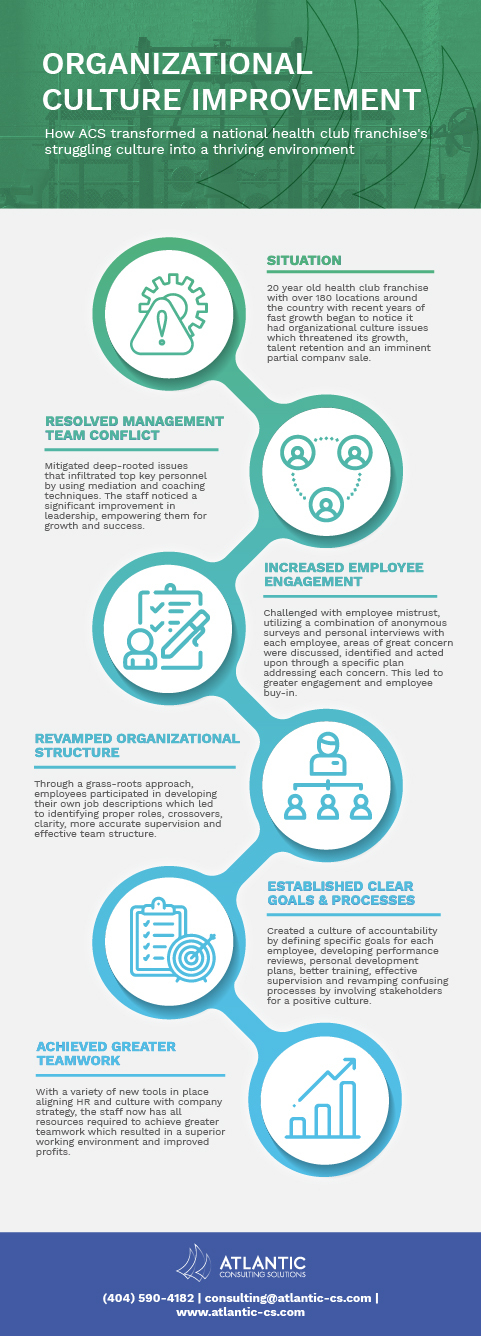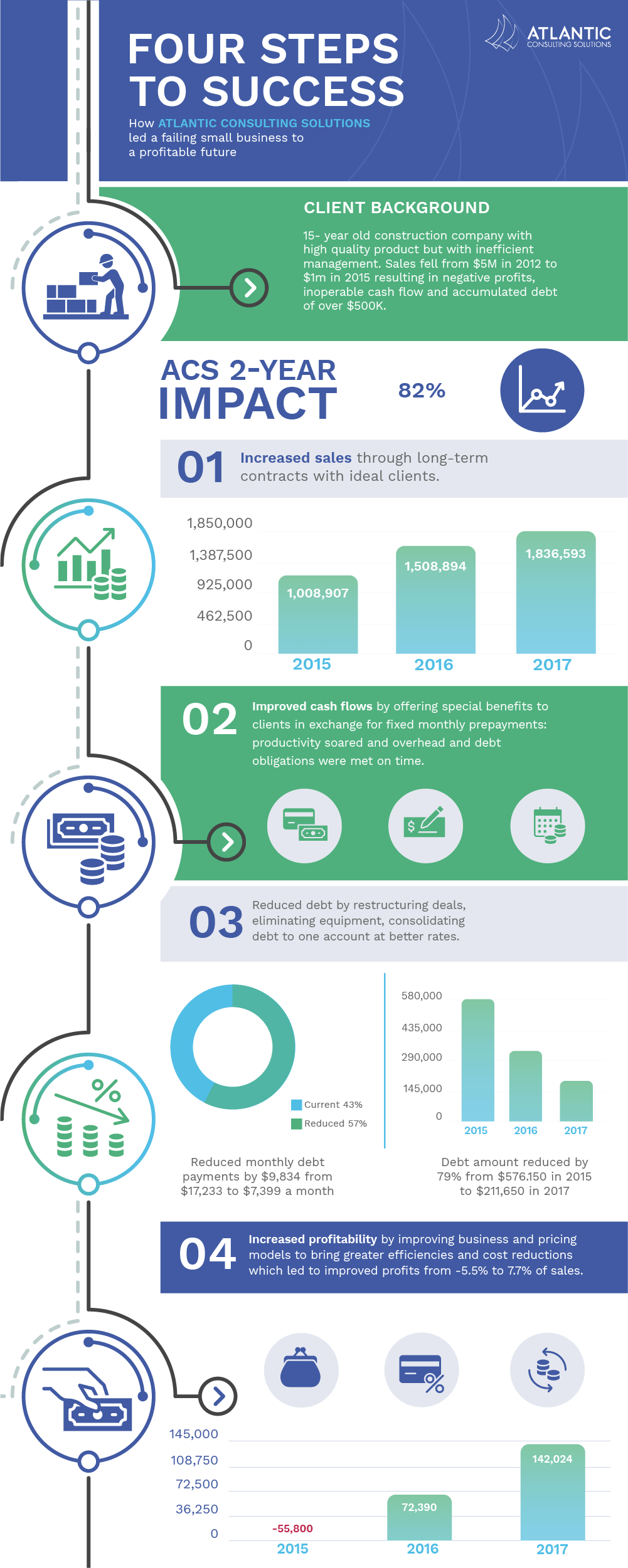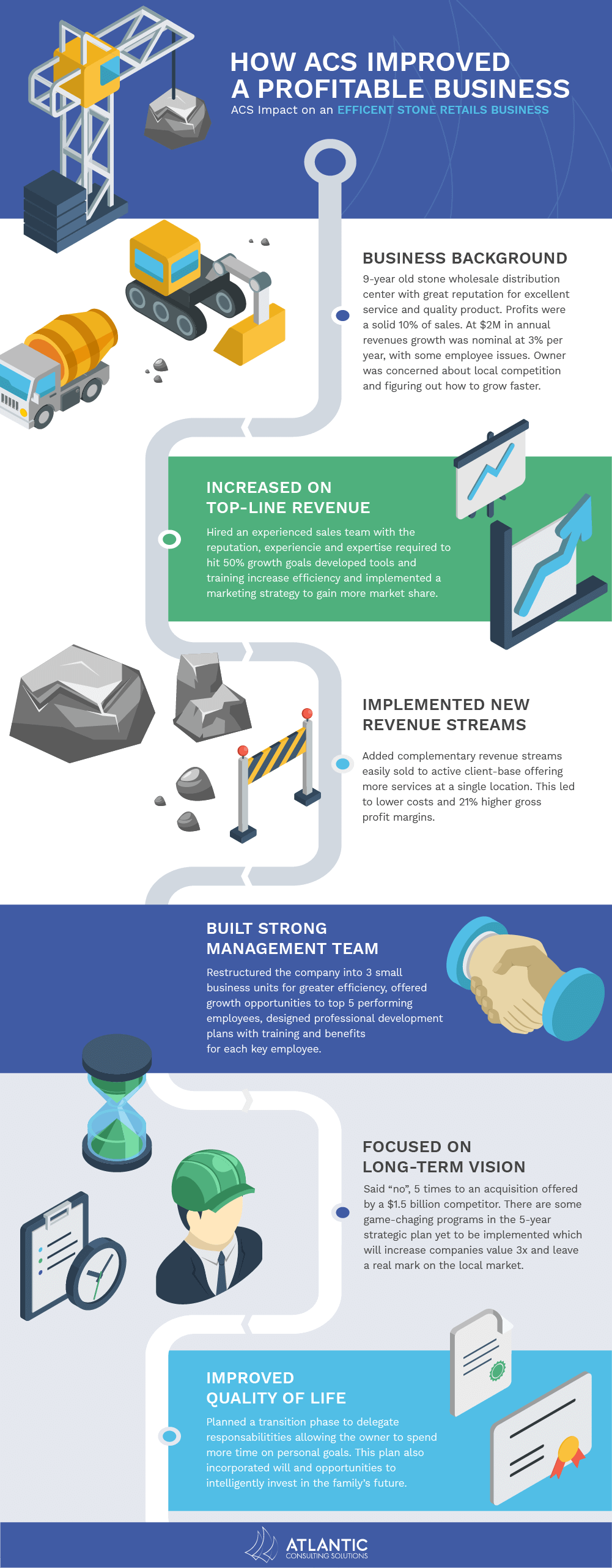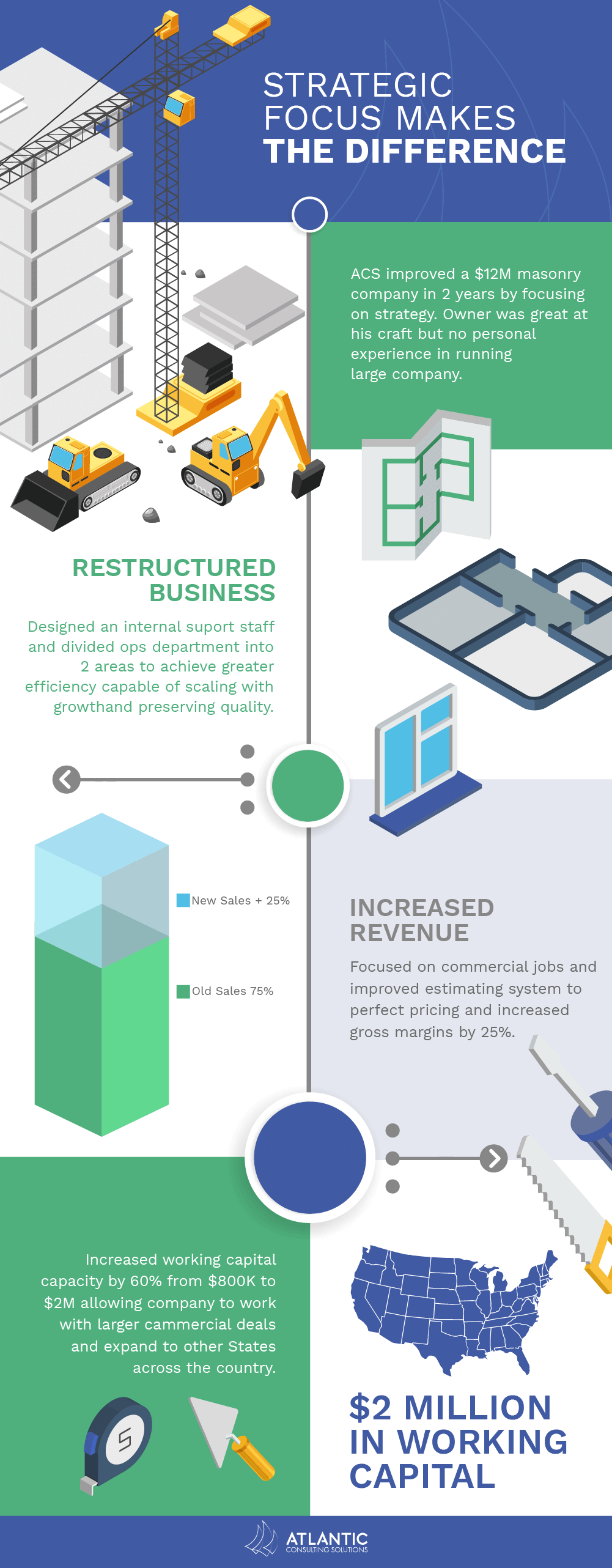
Employee Incentives that Drive Success
On a crisp autumn morning in 2018, the CEO of an Atlanta-based professional services firm gathered her leadership team for what would become a pivotal meeting. Their company had reached the $4 million revenue mark but was experiencing troubling symptoms: high turnover, inconsistent performance, and team members who seemed increasingly disengaged. “We’re rewarding performance,” she observed, “but something isn’t connecting.”
This scenario plays out daily across metro Atlanta’s landscape of established service businesses. Companies reach a certain level of success, implement standard employee incentives programs, yet still struggle with workforce engagement. The missing piece? A strategic alignment between employee cultural incentives and organizational culture.
The Cultural Foundation of Motivation
When employee incentives programs operate in isolation from company culture, they often create short-term spikes in performance rather than sustainable engagement. Consider the case of a Marietta-based engineering firm that had implemented an aggressive commission structure. While sales temporarily increased, they soon discovered their reward system was inadvertently encouraging individual achievement at the expense of collaboration—a core cultural value they had worked years to establish.
The most effective motivational frameworks aren’t built on financial rewards alone. They’re carefully integrated into a company’s cultural DNA, reinforcing the behaviors and mindsets that drive long-term success. As Peter Drucker famously noted, “Culture eats strategy for breakfast”—and this applies doubly to cultural incentive strategies.
Recruitment Through the Cultural Lens
Building a motivated workforce begins well before the first cultural incentive is offered. Forward-thinking service firms are redesigning their recruitment processes to identify candidates whose personal values naturally align with their cultural framework. Jim Collins in Good to Great explains that cultural incentive programs do not motivate people, they are supposed to simply reward those that are already motivated. Motivated by what? By the company’s mission, vision and values. In other words, the company culture. So, you need to begin by hiring the right people.
A technology services provider in Alpharetta revolutionized their hiring approach by incorporating culture-specific scenarios into their interview process. Rather than asking hypothetical questions, they present real situations the company has faced and evaluate how candidates’ responses align with their collaborative problem-solving culture. This approach has reduced turnover by 27% and significantly improved team cohesion.
Employee Incentives: Rewarding What Truly Matters
Traditional cultural incentive programs often reward outcomes without considering the behaviors that produce them. Progressive firms are now designing multi-dimensional reward systems that recognize both results and the cultural behaviors that support sustainable growth.
An accounting services firm in Buckhead implemented a peer recognition program alongside their performance bonuses. Team members can acknowledge colleagues who exemplify core cultural values—such as client advocacy, knowledge sharing, and process improvement. These recognitions factor into quarterly reviews and advancement decisions, effectively elevating cultural behaviors to the same importance as performance metrics.
Practical Integration: Making It Work
Aligning cultural incentives requires intentional design and consistent execution. Here are actionable steps service firms can implement:
- Audit existing incentives through a cultural lens, identifying potential conflicts between what you reward and what you value.
- Involve employees in redesigning reward systems to ensure they resonate authentically with team members’ motivations.
- Diversify recognition beyond financial rewards to include development opportunities, autonomy, and meaningful acknowledgment.
- Measure and communicate the connection between cultural behaviors and business outcomes, reinforcing why certain actions are valued.
- Train managers to recognize and reinforce cultural alignment consistently, not just during formal review periods.
Creating Sustainable Engagement
A commercial real estate firm in Dunwoody transformed their struggling sales team by reimagining their commission structure. Rather than rewarding only closed deals, they incorporated client satisfaction metrics and collaborative contributions into their incentive framework. The result was not only improved sales performance but also stronger client relationships and enhanced team cohesion.
This approach creates what psychologists call “intrinsic motivation”—the internal drive that comes from meaningful work rather than external rewards alone. When employees understand how their contributions advance both their personal goals and the company’s mission, engagement naturally follows.
The Bottom Line
In today’s competitive business environment, established service firms can no longer afford disconnection between their employee incentives structures and cultural frameworks. By thoughtfully aligning what they reward with what they value, companies create environments where motivation flows naturally from meaningful work rather than exclusively from bonus structures.
The most successful firms recognize that culture and incentives aren’t separate initiatives but two elements of the same engagement strategy. When properly aligned, they create a workplace where high performance isn’t stressed or forced but emerges organically from a team that understands, embraces, and embodies the company’s core values.
Remember: You’re not just incentivizing productivity; you’re cultivating a community unified by shared purpose and values. In this alignment lies the secret to sustainable engagement and long-term business success.
Business Hours
Monday-Friday: 8am to 6pm EST
Saturday: Closed
Sunday: Closed
*Our meeting locations are flexible: we can meet at your office or at any ROAM Workspace and Paradigm Workhub locations around the metro-Atlanta area.

